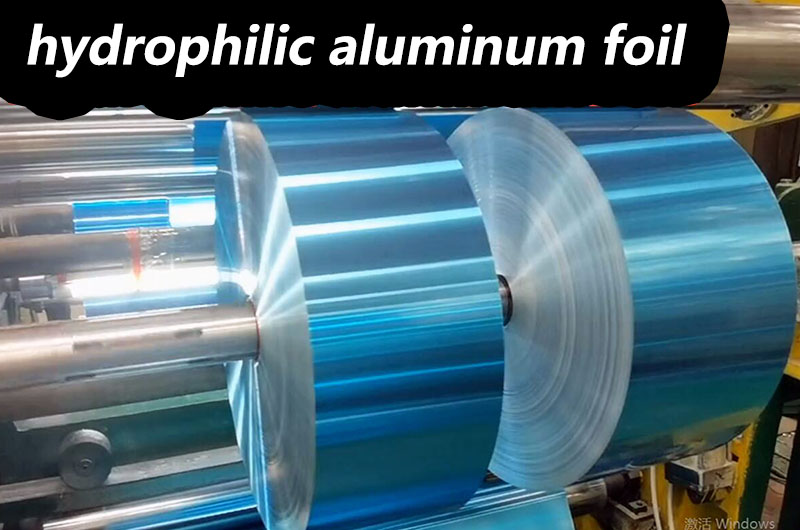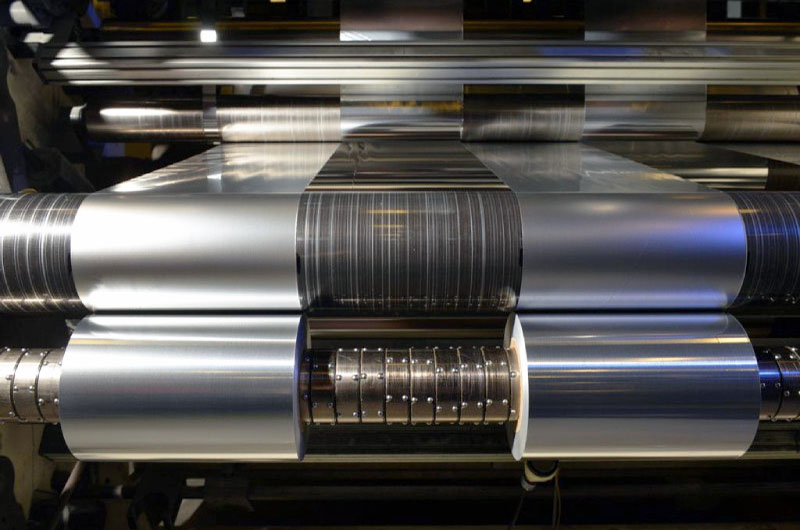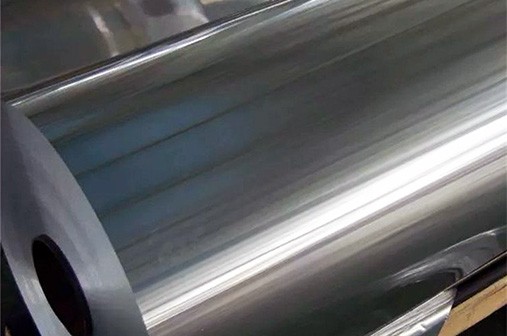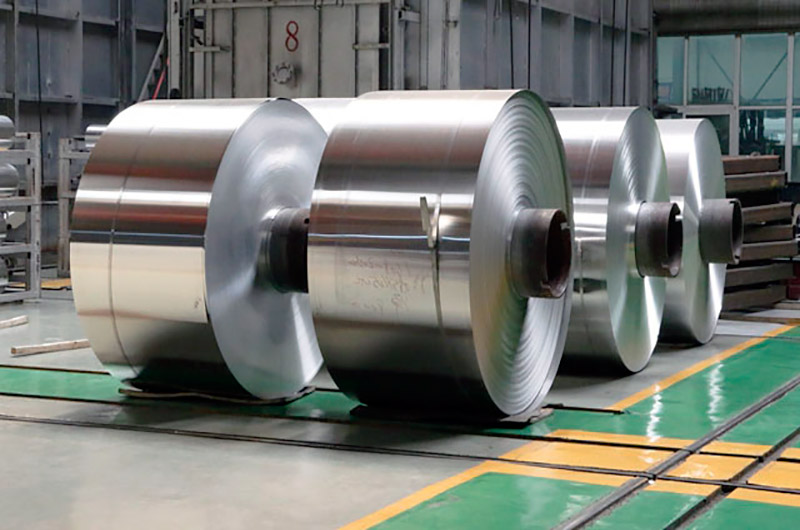- Understand hydrophilic aluminum foil
- Explore copper foil as core material
- Performance comparison
- Environmental considerations
- Conclusion
Answer: Copper foil is good, but basically not available.
- Copper is generally more expensive than aluminum, affecting the overall manufacturing cost of your air conditioning unit.
- Hydrophilic aluminum foil is generally more cost-effective than copper, contributing to a more economical overall system.
The material of air conditioner radiator is basically hydrophilic aluminum foil. The surface of hydrophilic aluminum foil has strong hydrophilicity. The quality of the hydrophilic property is determined by the angle formed by water sticking to the surface of the aluminum foil. Hydrophilic aluminum foil is generally used in condensers of air conditioners.

The main function of hydrophilic aluminum foil is to make it easy for the moisture in the hot air to condense into water droplets on the heat exchanger and spread downwards along the sheet. This can prevent the ventilation effect of the heat exchanger from being affected by the "bridging" of water droplets between the heat exchange fins, thereby improving the heat exchange rate of the air conditioner and saving electricity under the same cooling capacity.
Air conditioning plays a key role in maintaining comfort and regulating temperature in various environments. A key component that significantly affects its efficiency is the choice of core material, with hydrophilic aluminum foil and copper foil emerging as two prominent contenders.
Understand hydrophilic aluminum foil
Overview
Hydrophilic aluminum foil is a material specially used to improve the heat exchange efficiency of air conditioning systems. The foil has a unique surface treatment that imparts hydrophilic properties, attracting water and spreading it across its surface.
Advantages
Improved heat transfer: Hydrophilic coating helps form a thin, uniform water film, thereby increasing heat transfer efficiency within the heat exchanger.
Corrosion Resistance: Aluminum is inherently corrosion-resistant, extending the life of your air conditioning system.
Lightweight: Aluminum is much lighter than copper, helping to reduce overall system weight and energy efficiency.
Applications
Hydrophilic aluminum foil is mainly used as the core material of heat exchangers in air conditioning systems, especially in environments where efficient heat transfer is crucial.
Explore copper foil as core material
Overview
Due to its excellent thermal conductivity and durability, copper foil has long been the main material for air conditioning component manufacturing.
Advantages
High Thermal Conductivity: Copper has excellent thermal conductivity, allowing for efficient heat transfer and rapid temperature regulation.
Proven Reliability: Copper has a long history of use in air conditioning systems, with a proven record of durability and reliability.
Malleability: Copper is highly malleable, allowing the production of complex heat exchanger designs.
Precautions
Weight: Copper is denser than aluminum, making the entire system heavier.
Cost: Copper is generally more expensive than aluminum, affecting the overall manufacturing cost of the air conditioning unit.
Applications
Copper foil can be used in heat exchangers, pipes and coils in air conditioning systems, especially where thermal conductivity is critical.

Performance comparison
1. Heat transfer efficiency
Hydrophilic Aluminum Foil: The hydrophilic coating promotes optimal water distribution, aiding in efficient heat transfer.
Copper Foil: Copper has excellent thermal conductivity, promoting rapid heat exchange even without the aid of a hydrophilic coating.
2. Corrosion resistance
Hydrophilic Aluminum Foil: Aluminum is naturally resistant to corrosion and provides a layer of protection against environmental factors.
Copper Foil: Copper has good corrosion resistance, but may require additional coatings in certain environments.
3. Weight and energy efficiency
Hydrophilic Aluminum Foil: Lightweight aluminum reduces the overall weight of your air conditioning system, thereby increasing energy efficiency.
Copper Foil: The denseness of copper adds weight and may impact energy efficiency, especially in mobile or portable applications.
4. Cost considerations
Hydrophilic Aluminum Foil: Typically more cost-effective than copper, contributing to a more economical overall system.
Copper Foil: The higher cost of copper may affect the affordability of your air conditioning unit.
Environmental considerations
recyclability
Hydrophilic Aluminum Foil: Aluminum is highly recyclable, supporting sustainability and reducing environmental impact.
Copper Foil: Copper is also recyclable, but may require higher energy requirements during the recycling process.
Conclusion
To sum up, the choice of hydrophilic aluminum foil and copper foil as the core material of air conditioning depends on a variety of factors, including heat transfer efficiency, corrosion resistance, weight considerations, cost and environmental impact.
Hydrophilic aluminum foil excels at promoting efficient heat transfer, corrosion resistance and lightweight design, making it ideal for many air conditioning applications.
Copper foil, with its superior thermal conductivity and proven reliability, remains a strong contender, especially where cost may take a back seat to performance.
Ultimately, decisions should be guided by the manufacturer specific application requirements, budget considerations and broader sustainability goals. The dynamic interplay of these factors ensures a nuanced approach to selecting the ideal air conditioning core material, balancing performance, cost-effectiveness and environmental responsibility.
Informations you may be interested in:
- Hydrophilic aluminum foil vs non-hydrophilic aluminum foil
- Solutions to hydrophilic aluminum foil problems
- What is Hydrophilic Aluminum Foil?
- Hydrophilic aluminum foil performance indicators
- What components in air conditioning systems use aluminum foil?
- How is aluminum foil used for thermal insulation in air conditioning systems?
- Can aluminum foil be used in outdoor air conditioning units?
- Comprehensive analysis of air conditioning aluminum foil: classification and applications
- What kind of material is air conditioning aluminum foil made of and what are its
- 1050 Versatility in Air Conditioner Aluminum Foil Applications


